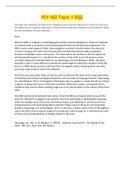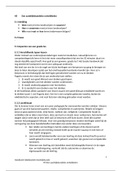Summary
Engineering Mathematics 145 Summary
- Course
- Institution
- Book
An in-depth and concise summary of engineering mathematics procedures. Covers concepts such as integration techniques, complex numbers, limits, hyperbolic trigonometry, inverse trigonometry, linear systems, matrices, and partial fractions, among others
[Show more]












